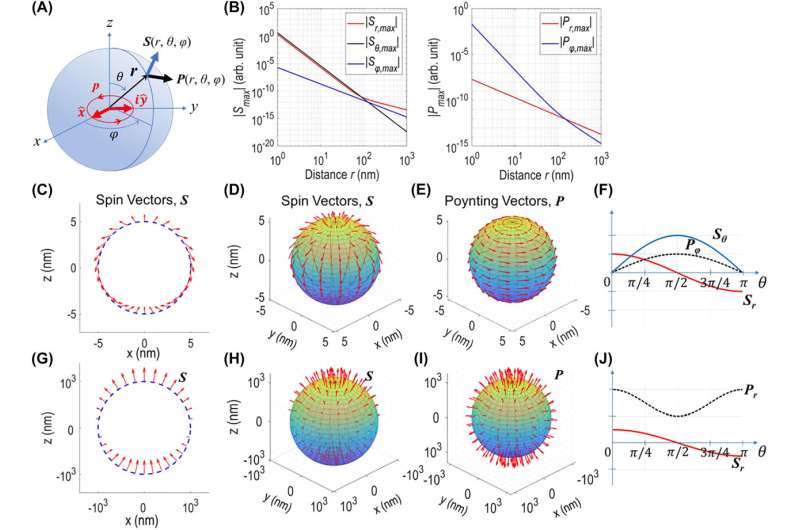
We interact with bits and bytes everyday—whether that’s through sending a text message or receiving an email.
There’s also quantum bits, or qubits, that have critical differences from common bits and bytes. These photons—particles of light—can carry quantum information and offer exceptional capabilities that can’t be achieved any other way. Unlike binary computing, where bits can only represent a 0 or 1, qubit behavior exists in the realm of quantum mechanics. Through “superpositioning,” a qubit can represent a 0, a 1, or any proportion between. This vastly increases a quantum computer’s processing speed compared to today’s computers.
“Learning about the capabilities of qubits has been a driving force for the emerging field of quantum technologies, opening up new and unexplored applications like quantum communication, computing and sensing,” said Hong Koo Kim, Professor of Electrical and Computer Engineering at the University of Pittsburgh Swanson School of Engineering.
Quantum technologies are important for a number of fields, like for banks protecting financial information or providing researchers with the speed needed to mimic all aspects of chemistry. And through quantum “entanglement,” qubits could “communicate” across vast distances as a single system. Kim and his graduate student, Yu Shi, made a discovery that may help quantum technology take a quantum leap.
It begins with a single photon
Photon-based quantum technologies rely on single photon sources that can emit individual photons.
These single photons can be generated from nanometer scale semiconductors, more commonly known as quantum dots. Similar to how microwave antennas broadcast mobile phone signals, a quantum dot acts as an antenna that radiates light.
“By performing rigorous analysis, we discovered that a quantum dot emitter—or a nanometer scale dipole antenna—traps a large amount of energy,” Kim explained. “The outer regime operation of a dipole emitter is well understood, but this is really the first time a dipole has been studied on the inside.”
Photons from those quantum dots come out with handedness, like us a right-handed or left-handed person, and quantum information is carried by this handedness of individual photons. As such, sorting them out to different pathways is an important task for quantum information processing. Kim’s team has developed a new way of separating differently-handed photons and efficiently harvesting them for further processing down the road.
“The findings of this work are expected to contribute to developing high-speed single photon sources, a critical component needed in quantum photonics,” Kim said.
The paper, “Spin texture and chiral coupling of circularly polarized dipole field,” is published in the journal, Nanophotonics.
More information:
Yu Shi et al, Spin texture and chiral coupling of circularly polarized dipole field, Nanophotonics (2023). DOI: 10.1515/nanoph-2022-0581
Provided by
University of Pittsburgh

READ MORE
How Gasoline Works
What supplements do Olympic weightlifters use?
To maximize their training, weightlifters need to make sure they’re getting the best possible nutrition. [...]
Money Habits of the Millennial Generation
The millennial generation, the largest in U.S. history, encompasses those born from 1981 to 1996, [...]
Stone Age Markings May Be the Oldest Drawing Ever Discovered
Blombos Cave drawing with ochre pencil on silcrete stone. Craig Foster The crisscrossed pattern, drawn [...]
Very small pores make a big difference in filtering technology
Credit: ACS Nano (2024). DOI: 10.1021/acsnano.3c07489 Nanoporous membranes have been shown to be valuable tools [...]
Second to None: Here’s the Buzz on Buzz Aldrin
Edwin E. “Buzz” Aldrin Jr. was photographed by Neil Armstrong inside the Apollo 11 Lunar [...]
An easily reversed hydrogel male contraceptive
Graphical abstract. Credit: ACS Nano (2022). DOI: 10.1021/acsnano.1c09959 A team of researchers working at China’s [...]
A New Species of Leech Is Discovered Near Washington, D.C.
In the summer of 2015, when Smithsonian research zoologist Anna Phillips and other scientists were [...]